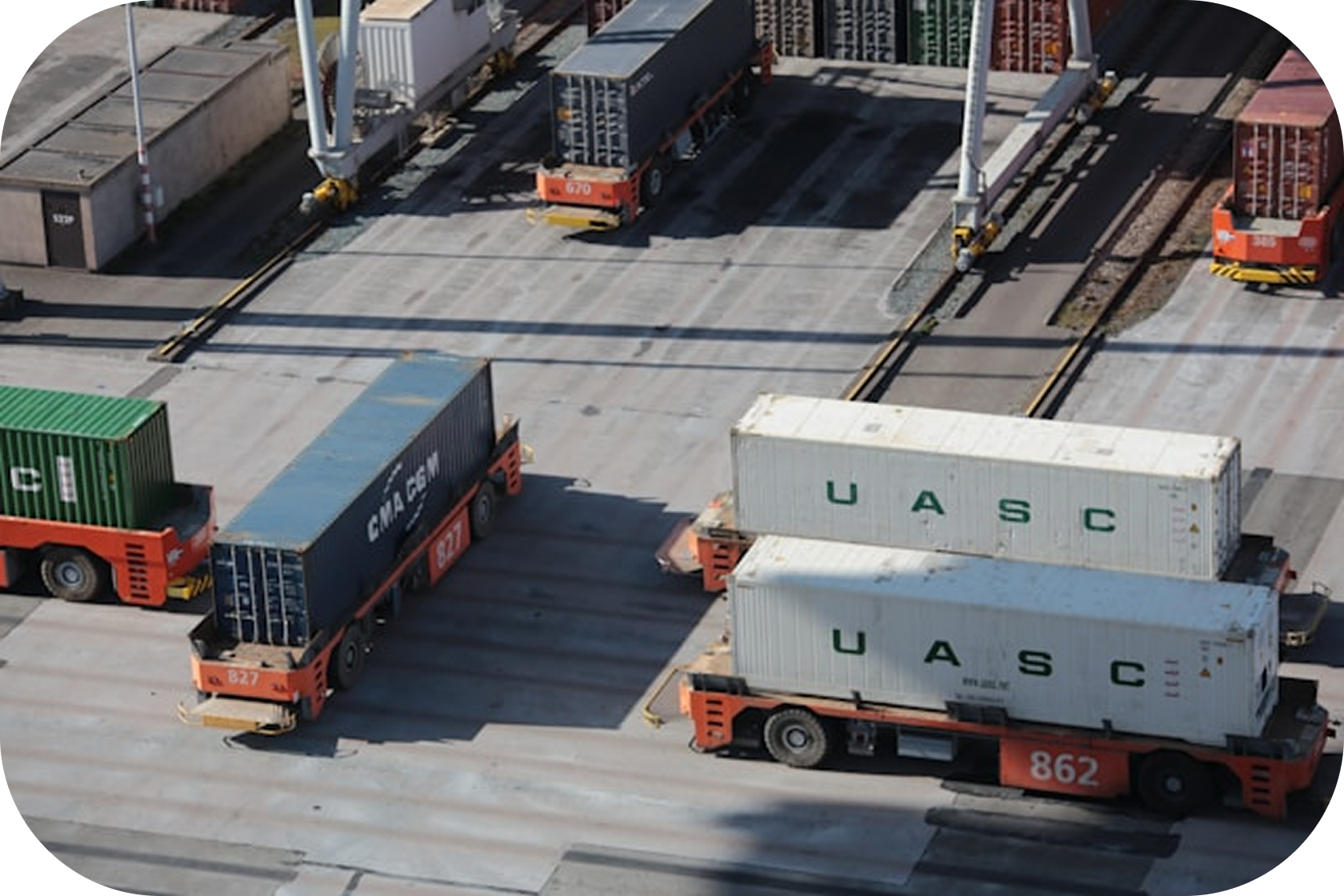The logistics industry stands at a pivotal moment where traditional warehouse operations are being revolutionized by cutting-edge automation technologies. As businesses face mounting pressure to deliver faster, more accurate, and cost-effective services, Tren Otomasi Gudang di Era Modern are reshaping how distribution centers operate across the globe. Today’s forward-thinking companies must discover how automated warehouse technologies are transforming operations to remain competitive in an increasingly demanding marketplace.
The Evolution of Warehouse Automation
Warehouse automation has evolved far beyond simple conveyor belts and basic sorting systems. Modern facilities now integrate sophisticated robotics, artificial intelligence, and Internet of Things (IoT) technologies to create seamless, intelligent operations that adapt in real-time to changing demands.
The current landscape of Tren Otomasi Gudang di Era Modern encompasses everything from autonomous mobile robots (AMRs) navigating warehouse floors to advanced warehouse management systems (WMS) that orchestrate complex operations with minimal human intervention. These technologies are not just improving efficiency—they’re fundamentally changing how warehouses function as strategic assets in supply chain networks.
Robotics Revolution in Warehouse Operations
Robotic systems represent one of the most visible aspects of modern warehouse automation. Autonomous mobile robots have transformed picking operations by working collaboratively with human workers, reducing walk time and increasing productivity by up to 300% in some applications. These intelligent machines navigate dynamically through warehouse environments, adapting to obstacles and optimizing their routes in real-time.
Robotic arms equipped with advanced vision systems can now handle delicate items with precision that rivals human dexterity. Machine learning algorithms enable these systems to continuously improve their performance, learning from each interaction to enhance accuracy and speed. Companies that discover how automated warehouse technologies are transforming operations find that robotic integration creates opportunities for workers to focus on higher-value tasks while machines handle repetitive, physically demanding activities.
Artificial Intelligence and Machine Learning Integration
AI-powered systems are driving the next generation of Tren Otomasi Gudang di Era Modern by enabling predictive analytics, demand forecasting, and intelligent inventory management. Machine learning algorithms analyze historical data, seasonal patterns, and market trends to optimize inventory placement, reducing picking times and improving order fulfillment accuracy.
Predictive maintenance powered by AI prevents costly equipment downtime by identifying potential issues before they occur. Smart systems monitor equipment performance, vibration patterns, and operational metrics to schedule maintenance activities proactively, ensuring maximum uptime and operational efficiency.
Computer vision technology enables real-time quality control and inventory tracking without human intervention. Advanced cameras and sensors can identify products, verify quantities, and detect damage or discrepancies instantly, maintaining accuracy standards while accelerating processing speeds.
Internet of Things and Connected Warehouse Ecosystems
IoT technology creates interconnected warehouse environments where every asset, from forklifts to inventory items, communicates valuable operational data. Smart sensors monitor environmental conditions, track asset locations, and provide real-time visibility into warehouse operations.
Connected systems enable seamless integration between different automation technologies, creating holistic solutions that optimize entire workflows rather than individual processes. When businesses discover how automated warehouse technologies are transforming operations, they often find that IoT connectivity multiplies the benefits of individual automation investments.
Advanced Warehouse Management Systems
Modern WMS platforms serve as the central nervous system for automated warehouses, coordinating complex operations across multiple technologies and processes. These sophisticated systems use real-time data to make intelligent decisions about inventory allocation, order routing, and resource optimization.
Cloud-based WMS solutions provide scalability and flexibility that traditional systems cannot match. They enable real-time integration with e-commerce platforms, transportation management systems, and customer relationship management tools, creating seamless end-to-end supply chain visibility.
Voice and Wearable Technology Integration
Voice-directed picking systems and wearable technologies represent growing Tren Otomasi Gudang di Era Modern that enhance human-machine collaboration. Workers equipped with voice headsets and smart glasses receive real-time instructions and information, improving accuracy while maintaining the flexibility that human workers provide.
Augmented reality (AR) applications guide workers through complex picking routes, highlight product locations, and provide instant access to inventory information. These technologies bridge the gap between full automation and traditional manual processes, offering immediate productivity improvements with relatively low implementation barriers.
Data Analytics and Performance Optimization
Advanced analytics platforms transform the vast amounts of data generated by automated warehouse systems into actionable insights. Real-time dashboards provide visibility into key performance indicators, enabling managers to identify bottlenecks, optimize workflows, and make data-driven decisions.
Predictive analytics help businesses anticipate demand fluctuations, optimize staffing levels, and plan capacity expansions. Companies that discover how automated warehouse technologies are transforming operations gain competitive advantages through superior operational visibility and responsiveness.
Sustainability and Energy Efficiency
Modern warehouse automation increasingly focuses on sustainability and energy efficiency. Automated systems optimize lighting, heating, and cooling based on real-time occupancy and activity levels. Electric and hybrid automated vehicles reduce emissions while smart routing algorithms minimize energy consumption.
Implementation Strategies and Considerations
Successful warehouse automation requires careful planning and phased implementation. Organizations must assess their current operations, identify automation opportunities, and develop comprehensive change management strategies that address technology, processes, and workforce implications.
Future Outlook: The Next Wave of Innovation
The future of Tren Otomasi Gudang di Era Modern points toward even greater integration of AI, robotics, and autonomous systems. Emerging technologies like 5G connectivity, edge computing, and advanced machine learning will enable new levels of operational intelligence and responsiveness.
Conclusion: Embracing Transformation
Warehouse automation is no longer optional for businesses seeking to remain competitive in modern logistics. Companies that proactively discover how automated warehouse technologies are transforming operations position themselves to deliver superior customer service while achieving operational excellence.
Contact our automation specialists today to explore how cutting-edge warehouse technologies can transform your operations and drive your business forward in the modern era.




